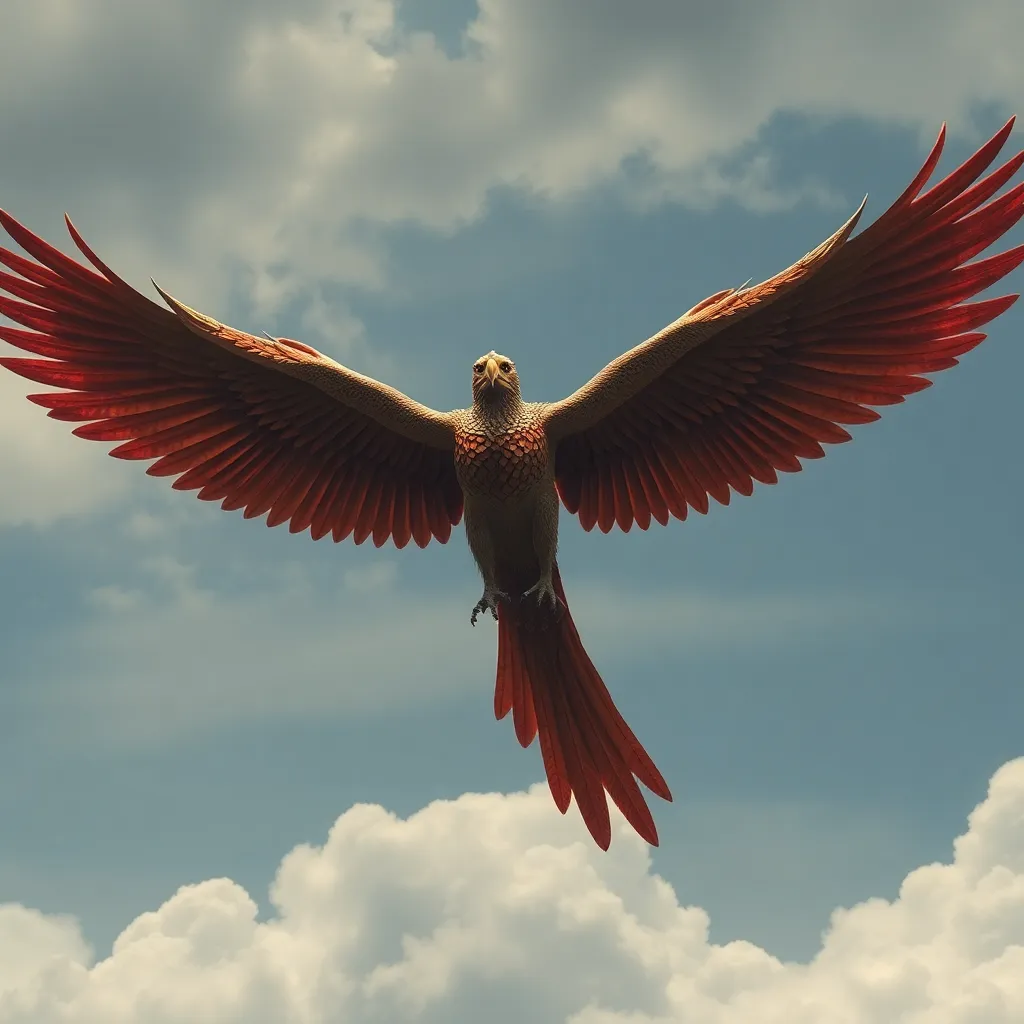Slavic Mythology: Beings of the Wind
I. Introduction
Slavic mythology holds the wind in high regard, considering it a force of nature imbued with consciousness and power. The ancient Slavs envisioned a vast pantheon of deities and spirits connected to the wind, each playing a unique role in shaping and influencing the world they inhabited. From the revered wind god to mischievous wind demons and enigmatic wind spirits, the beings of the wind occupied a prominent place in Slavic folklore and belief systems.
II. The Wind God: Stribog
Stribog is the supreme deity of the Slavic wind pantheon. As the god of the winds, he commands the four cardinal directions and controls all aspects of the weather. Stribog is often represented as a tall, handsome man with long, flowing hair and a stern expression. He carries a bow and arrow, symbolizing his authority over the winds, and is said to reside in a distant, inaccessible mountaintop. In Slavic mythology, Stribog is revered as a powerful and respected deity, and his favor is sought by those who desire favorable weather conditions.
III. The Wind Demons: Vetrovi
The wind demons, known as Vetrovi, are mischievous and often malevolent beings who embody the destructive power of the wind. They are said to inhabit forests, fields, and wastelands, where they delight in causing trouble for humans and nature alike. Some of the most well-known Vetrovi include the following:
A. Domavik: The Domavik is a wind demon associated with the home. It manifests as a whirlwind or a strong gust of wind and is said to bring misfortune, illness, and even death to the household it inhabits.
B. Polevik: The Polevik is a wind demon connected to fields and crops. It appears as a tall, thin man with long arms and legs. It brings storms, destroys crops, and can even lead people astray.
IV. The Wind Spirits: Vile
The wind spirits, known as Vile, are more benevolent than the Vetrovi but still possess a certain degree of mischievousness. They embody the gentle and playful aspects of the wind. Some of the most famous Vile include the following:
A. Svist: The Svist is a wind spirit that manifests as a whistling sound. It is said to bring good luck and fortune to those who hear it.
B. Pogwizd: The Pogwizd is a whistling wind spirit associated with forests. It is said to protect trees and animals from harm.
C. Shumikha: The Shumikha is a wind spirit that creates a rustling sound in the leaves. It is said to bring news and messages from the forest.
V. The Wind Guardians: Stribog’s Eagles
Stribog's eagles are majestic creatures that serve as his guardians and messengers. They possess sharp eyesight and powerful wings, allowing them to soar through the skies and observe the world below. Stribog's eagles are said to carry messages between the wind god and other deities and spirits.
VI. The Wind Wolves: Vetryanyie Volki
The wind wolves are supernatural wolves that embody the strength and ferocity of the wind. They possess superhuman speed and endurance, allowing them to traverse vast distances in a matter of moments. Vetryanyie Volki are said to hunt in packs and are often associated with storms and destruction.
VII. The Wind Horses: Vetryanyie Koni
The wind horses are ethereal steeds that possess the speed and grace of the wind. They are said to be ridden by the wind god Stribog and his followers. Vetryanyie Koni are often depicted with flowing manes and tails, symbolizing the untamed power of the wind.
VIII. The Wind Birds: Vetryanyie Ptitsy
The wind birds are magical creatures that embody the beauty and freedom of the wind. They possess vibrant plumage and melodious songs, and they are said to bring joy and inspiration to those who encounter them. Vetryanyie Ptitsy are often associated with the spring season and new beginnings.
IX. The Wind Fairies: Vetryanki
The wind fairies are diminutive creatures that personify the gentle and playful nature of the wind. They possess delicate wings and a love for dancing and music. Vetryanki are said to inhabit forests and meadows, where they create beautiful patterns in the wind.
X. Conclusion
The beings of the wind hold a significant place in Slavic mythology, representing the diverse and often unpredictable nature of the element. From the mighty wind god Stribog to the mischievous wind demons and benevolent wind spirits, these entities embody the power, beauty, and mystery of the wind. Their stories and legends have been passed down through generations, shaping the cultural beliefs and imaginations of the Slavic people.
FAQ
Q: Who is the wind god in Slavic mythology?
A: Stribog is the supreme deity of the Slavic wind pantheon and the god of the winds.
Q: What are the names of some Slavic wind demons?
A: Some well-known Vetrovi include Domavik, Polevik, and Leshy.
Q: What are the characteristics of the wind spirits in Slavic mythology?
A: The Vile are benevolent wind spirits that embody the gentle and playful aspects of the wind, such as Svist, Pogwizd, and Shumikha.
Q: What creatures serve as Stribog’s guardians and messengers?
A: Stribog’s eagles are majestic creatures that possess sharp eyesight and powerful wings, allowing them to soar through the skies and observe the world below.
Q: What supernatural wolves are associated with the wind in Slavic mythology?
A: The Vetryanyie Volki are supernatural wolves that embody the strength and ferocity of the wind, possessing superhuman speed and endurance.




